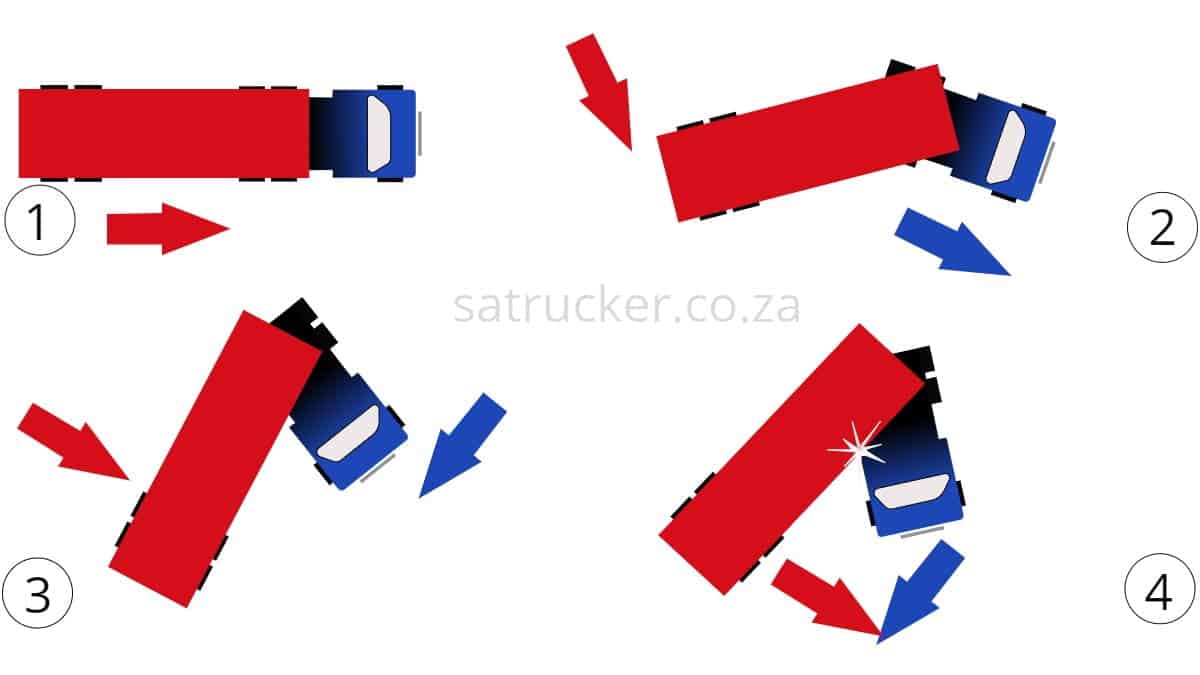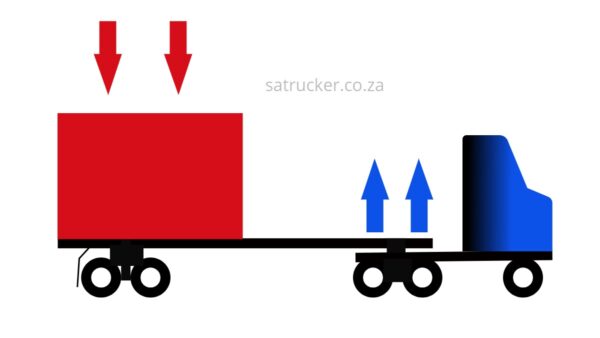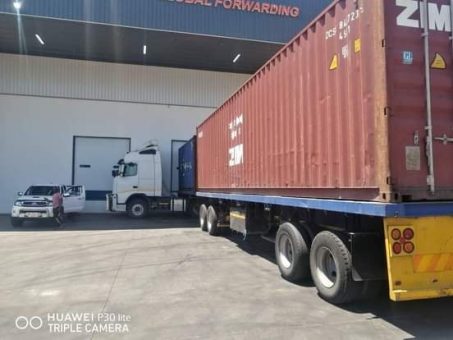
- Truck jackknife meaning
- What causes jackknifing?
- How to avoid jackknife accidents
- How to achieve a jackknife position
- How do you fix a jackknife?
What does truck jackknife mean?
A truck jackknife refers to the folding of an articulated vehicle so that it makes the acute ‘V’ or ‘L’ angle resembling a folding pocket knife. When driving forward, a truck and trailer will jackknife when the momentum of the trailer surpasses the force the truck is pulling it with. There won’t be a jackknife if the truck and trailer maintain their straightness but due to road conditions or mechanical failures, the straightness may not be achievable causing the jackknife.
The position is not intentionally achievable when driving going forward but it is very common during crashes. Truck jackknife accidents are very dangerous to the truck driver as the more acute the angle gets, the more chances of the truck crashing into its own trailer thereby possibly causing him injury.
Causes of Jackknife accidents
Disproportionate traction is the main reason trucks end up jackknifing. When a truck is driving forward and one or more of its wheels fail to grip onto the road surface this may cause it to jackknife.
On a wet or icy road surface, a vehicle towing a trailer can skid, the trailer can then push the vehicle from behind to the point of spinning the vehicle around to face backwards.
Inexperienced drivers can cause their trucks to jackknife by their lack of knowledge, applying a retarder while driving on a wet road surface is a healthy recipe for disaster. The retarder stops the truck while no braking is done on the trailer causing it to push the truck. A slight turn of the truck, while it’s being pushed, will cause the combination to jackknife.
Another driver error that can cause a jackknife is improper braking. When a driver applies brakes while speeding in a curve the truck may jackknife. To avoid the risk, drivers should reduce speed before entering the curve and not wait to brake while curving.
Sudden or harsh braking may also result in the truck stopping at a different rate of speed than the trailer, causing them to go in two different directions resulting in a jackknife.
Underloading the drive axle can also cause a truck to jackknife as it affects traction on the drive axle. You may have seen some truckers loading a 6m container at the back of a 12m trailer, that is very dangerous if the container is loaded. The position of the container means the front part of the trailer sitting on the drive axle is weightless hence the trailer is able to push the truck with so much ease.

Add unbalanced braking force on the axles to the above factor, you will definitely get a jackknife. Minimal application of brakes to the truck will cause its wheels to stop turning as they are barely touching the ground while the trailer needs more force to stop since it has enough traction. This means that braking between the truck and the trailer is not balanced thereby increasing chances of the truck jackknifing.
Read also: How to react after a front tyre burst on a truck
The trailer will push the truck before it eventually stops, you don’t want to take a chance to discover whether it stops before jackknifing or not, do you?
Avoiding a jackknife
Measures to avoid jackknife accidents should start from the maintenance guy and all the way up to the driver himself. It is important that brakes are efficient and well balanced on any given truck and trailer combination to avoid this type of accident. In some fleets, a truck is not stuck to one trailer hence whenever the truck changes trailers it should be checked to see if the brakes are balanced.
Truck drivers should be trained for all kinds of situations that may befall them during the course of their duty. A well-trained driver is equipped to know what not to do to avoid jackknife crashes.
To prevent a jackknife accident as a professional truck driver, you should:
- Watch your mirrors frequently to see if your trailer is swinging or swaying. Adjust your speed or steering direction carefully to stop the trailer’s erratic movements.
- Be aware that an empty trailer is lighter and, therefore, more likely to lose contact with the ground while in motion and start to jackknife.
- When rounding a turn, brake before you enter the turn. Smaller cars can brake or accelerate during a turn, but this behaviour can be hazardous for large truck and trailers. Ideally, you will only brake while driving in a straight line.
- If your trailer is starting to swing sideways, avoid slamming the brakes. If it is safe to do so, taking your foot entirely off the brakes.
- In some situations, a swinging trailer can be corrected by increasing your speed gradually, adding more to your truck’s pull strength and straightening out the combination.
- Brake gradually – this is only possible if you avoid scenarios where you will be forced to slam on your brakes hence you should drive at a safe following distance to allow yourself to react calmly to any situation.
- When driving downhill or slippery roads, reduce your speed gradually by spreading your braking over a long distance.
- Slow down before entering a curve
Intentional jackknife

If you work with a flat deck super link trailer doing container freight you may have met a situation where you have to jackknife the front trailer onto the ramp for offloading or loading. This can only be achieved by reversing the trailer to a 90 degrees angle to the trailer ending up with the trailer facing the ramp while the truck stands alongside the wall.
This manoeuvre is not easy to do hence it should be used as a last resort. The difficulty you go through to jackknife the combination is the same difficulty you experience to safely come out of the jackknife position.
When coming out of a jackknife position, gradually steer against the jackknife while moving slowly. Steering sharply will not help you come out as the back of the truck will push the trailer backwards while the truck itself is trying to move forward.
Truckers have shared experiences where they jackknifed their trucks after losing brakes going downhill. In an attempt to stop a runaway truck and trailer, jackknifing may help. It must be noted, however, that this option should only be used if the truck driver discovers the brake loss before the truck gains too much momentum.
It is a little easier to jackknife the truck when it’s not overspeeding than when it’s overspeeding. If executed successfully, the truck and trailer will lock and stop before causing too much damage and even loss of life.





